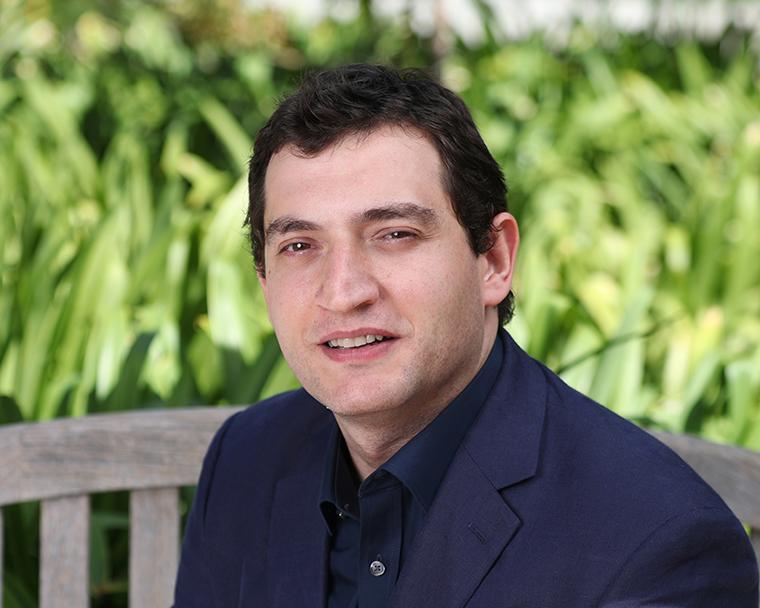
Bridging the Gap between Science and Technology
Edit: 6/22/21: Assistant Professor Bachana Lomasdze has published a perspective article “Frequency comb-based multidimensional coherent spectroscopy bridges the gap between fundamental science and cutting-edge technology“ in the Journal of Chemical Physics. In the paper, Dr. Lomsadze describes how frequency combs have revolutionized spectroscopy. He explains how combs can probe fundamental processes with high resolution and also used for wide practical applications such as chemical sensing and environmental monitoring. Dr. Lomsadze’s research is funded by the National Science Foundation and focuses on using the comb technology for hyperspectral imaging applications.
In the past year, Kelly Fradet '20 and Ricky Arnold '21 worked with Assistant Professor Bachana Lomsadze's Lab as student research assistants. They helped him develop and parameterize a bi-directional ring laser that the group is using for dual-comb spectroscopy (DCS). DCS is a very powerful optical method that enables the measurement of the material's optical properties rapidly and with high resolution. Because of these qualities, DCS is widely used in research laboratories as well as for many practical applications such as chemical sensing and atmospheric monitoring. However, DCS requires two independent lasers and complex phase stabilization schemes. The trio successfully generated two lasers from a compact and single resonator and showed its' unique properties. The results of the experiment were recently published in a high impact factor journal "Optics Letters." The title of the paper is "Elastic tape behavior of bi-directional Kerr-lens mode-locked dual-comb ring laser."
Kelly presented the work at the Far West meeting of the American Physical Society at Stanford University in November 2019 and won the Steven Chu Award for Best Research by an Undergraduate Student. In February 2020, Kelly and Ricky were also invited to present at the College of Arts and Sciences Dean's Reception at SCU's Parents' Weekend.
The students found the experience to be very valuable, gaining hands-on experience in the lab and practicing problem-solving. "This opportunity introduced me to the difficult yet exciting process of developing new technology. My SCU coursework in optics and Matlab gave me a foundation, and I was eager to apply my knowledge and add so much more to it," says Kelly. Ricky states, "In addition to the research, repeated opportunities to present and discuss the work with physicists and the general public has required dynamic project awareness and critical thinking to communicate complex phenomena in condensed, comprehensible forms."
The group is now working on developing another bi-directional laser. These two systems will be used to demonstrate rapid and high-resolution hyperspectral imaging. The project is funded by the National Science Foundation.